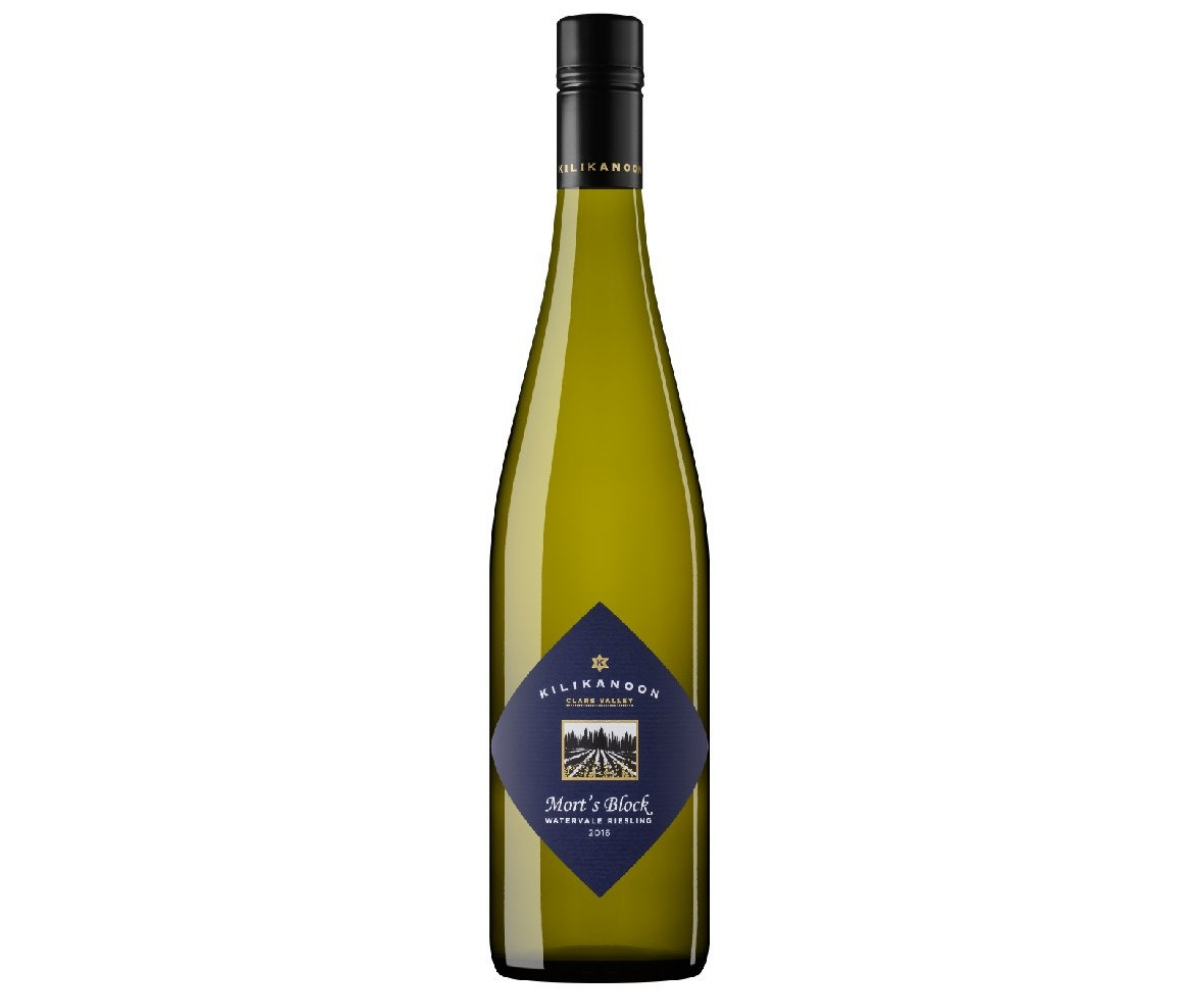Riesling – why you need to give this grape a go

Rediscover a love for a style of wine that is often overlooked by the modern-day consumer
I’ve never understood why riesling, as a style, isn’t more popular, but the fact remains that it accounts for only around 1.4% of the national grape crush. And to put that sad statistic in perspective, according to the 2018 Wine Australia National Vintage Survey, our biggest selling white varietal,
Some commentators have suggested that it’s a hangover from the overly sweet types that were served up through the 70s and 80s, while others put its image problem down to an unconscious bias about the shape of the bottle! But if you ask me, it’s just a case of what the psychology professionals call Dissociative Identity Disorder.
By definition, the condition, also known as Multiple Personality Disorder, involves an identity fragmenting in to two or more distinct personality states. And that, to me, is the root cause of the inability to sell riesling to the average wine consumer. Over the years, riesling has been many things. From semillon sold as “Hunter Riesling”, to the sickly sweet blend of traminer and riesling that proliferated through the 90s. And its cause isn’t helped by the international influence of some of the imports from Germany and Austria – delightful, rich wines, but confusing to the average Australian’s palate. To me, it’s the wild variation in sweetness and flavor that has turned off the public en masse. A while ago, attempts were made to educate consumers through the introduction of an International Riesling Foundation Sugar Guidelines which rates the balance of sugar and acid; with ratings of dry, medium dry, medium sweet and sweet. But that just seems to have highlighted the unpredictability of riesling and heightened consumer concern about what might be encountered upon the snapping of the stelvin of that Alsatian bottle.
At the risk of offending riesling producers outside of South Australia, I reckon that one strategy to improve the profile of the grape would be to emphasize the regional birthplace of the fruit, especially those from the Clare Valley. While there will naturally be variations resulting from the terroir of the vineyards, the Clare fruit is remarkably consistent with exotic characters of lemon, lime, citrus blossom and a zesty quartzlike minerality on the finish. There’s little doubt that the Clare Valley is this country’s premier riesling region.
Polish Hill
While the cult hero is probably the Polish Hill examples made by Grosset, I suspect that the best chance for a turnaround in the fortunes of the grape rests with the sub-district of Watervale which is found about 15
Kilikanoon
One of the best new vintage rieslings I’ve tried recently comes from James Halliday’s 2013 “Winery of the Year”, Kilikanoon.
The 2018 Mort’s Block Watervale Riesling is out now and drinking superbly! As you’d expect, there’s a greenish tinge to the straw yellow
With a little more roundness to the fruit than previous vintages, the 2018 Mort‘s Block is really approachable and an ideal opportunity to transition your palate from sauvignon blanc or pinot gris. Try it, and I’m guessing that many of you will never go back!
4 Responses
I couldn’t agree more about trying the Rieslings and resistance perhaps being due to some sort of personality disorder, that must explain it (and the sickly sweet Pieroth (?) german ones that were multi marketed ) … but this Riesling renewed my faith in the drop, from Queenstown, NZ, home of the Pinot Noir, but a great wine but damn! its sold out! The vineyard is smail and excellent:
http://www.wetjacket.nz/our-wines/riesling/
Glad to hear that your palate is pleased by rizza from Otago, Patrick. I’m a bit of a fan myself!
Travis I enjoyed reading your Riesling review and love my South Australian drops. On the weekend we visited a certain brewery at Cooroy and I decided to give the Hochkirch Reisling a crack….mainly as it was from a regional Victorian winery. I was initially confronted by the colour (I double checked with staff as to how long the bottle had been opened….and it was a fresh glass from a fresh bottle), and our collective jury was out regarding the taste. Wondered if you had come across it as it was far far removed from a lovely Clare Valley style!
Hi Roz and thank you! I haven’t tried a Hochkirch Reisling though wines from the Henty region are generally well regarded. Not that I’m convinced it makes a big difference, but they are certified as biodynamic. I’m happy to try and get my hands on a bottle and write it up!